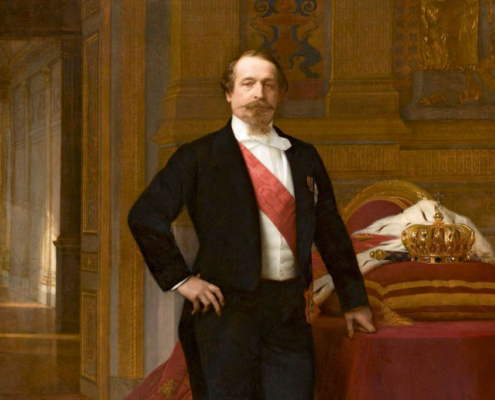1/2 Reichstaler 1621,
under Wilhelm V of Hesse-Kassel as administrator.
Condition: ef+


city of Besançon,
3 Pistols 1666 with title Charles V.
Condition: CH UNC

Bavaria, Chaise d'or (imperial shield)
1328-1347 under Emperor Louis IV.
Condition: ef

Reichstaler 1654-1668
under Count Guidobald von Thun.
Condition: vf-ef

Solidus (491-518)
under Anastasius the righteous.
Condition: vf-ef

Archive: People and Markets
Zimbabwe’s New Currency: Is the ZiG Doomed to Fail From the Start?
Zimbabwe has introduced a new currency that is supposed to win the trust of Zimbabweans as it is backed by gold. Michael Alexander explains the background and presents the new banknotes.
John Highfill († 15 June 2025)
Tulsa, Oklahoma rare coin dealer John Highfill, founder of the National Silver Dollar Roundtable and author of a landmark 1,200-page reference book, The Comprehensive U.S. Silver Dollar Encyclopedia, passed away on June 15, 2025. He was 82.
Archive: Coins, Medals and more

A Commemorative Coin Celebrating the Completion of Austria’s Southern Railway
Commemorative coins were issued far less frequently in the 19th century than today. The fact that Emperor Franz Joseph dedicated a commemorative coin to the Austrian Southern Railway is therefore testimony to the outstanding importance of this line. In auction 408, Künker is offering two of only 1,644 specimens minted.

French History in Coins – Part 3: A New Napoleon
Under Emperor Napoleon III, France experienced an economic upswing. The Paris cityscape was completely revamped, just as coin designs. The gold rush in the US thrust Europe’s silver money into a crisis. The answer came from France.















Spectacular Coin Hoard Discovered in the Province of Utrecht
A hoard of 404 coins has been unearthed in the province of Utrecht. It is probably the first find on the European mainland to include both Roman and British Celtic coins. The coin find underlines the importance of the Lower Germanic Limes for the Roman invasions of Britain.
Bulgaria Will Adopt the Euro in 2026
The euro area is expanding: On June 4, 2025, the European Central Bank confirmed that Bulgaria meets the requirements for joining the eurozone. This clears the way for the introduction of the euro on January 1, 2026 – provided that preparations can be completed in time.